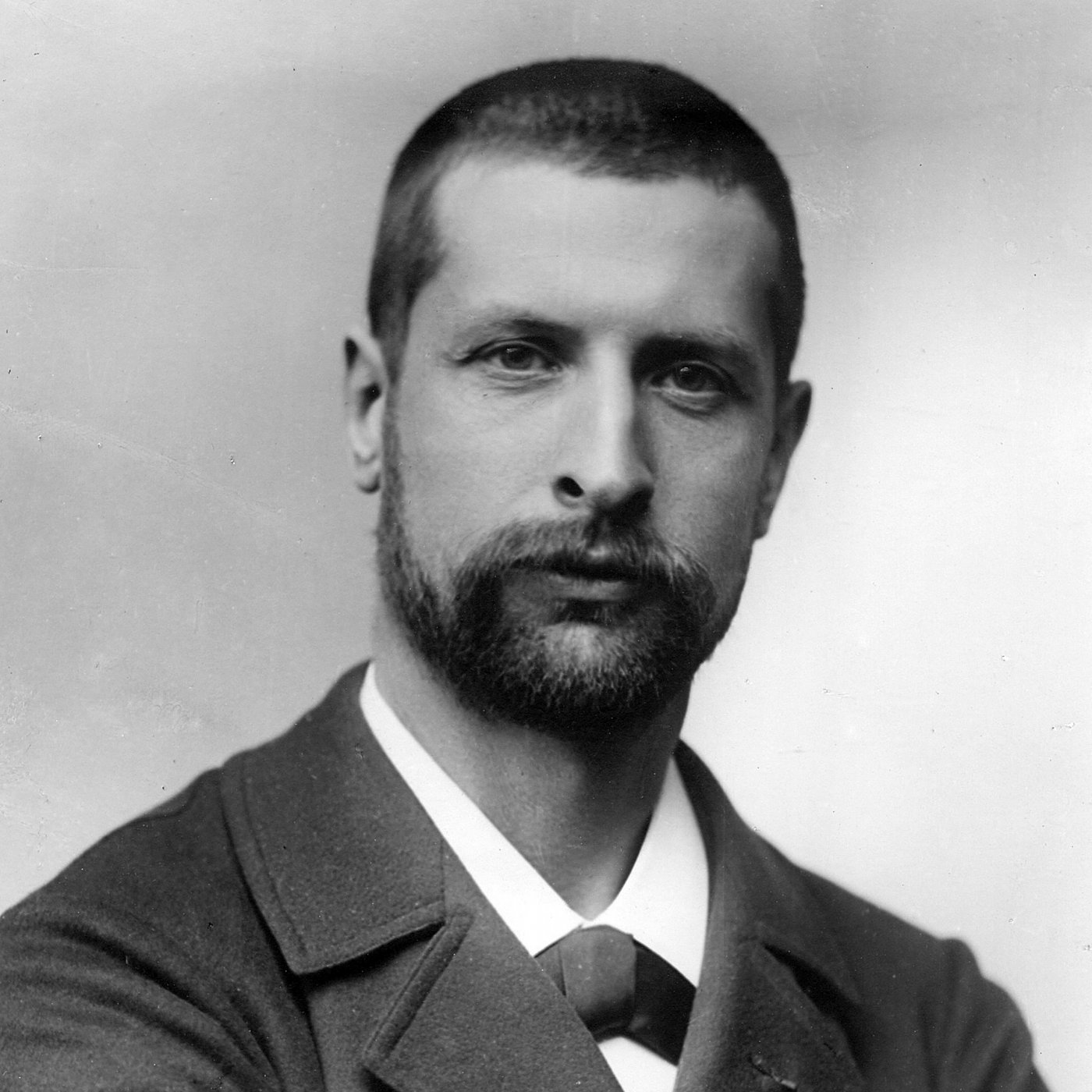Dernière modification le 28 September 2023 par LFAY
Who was Alexandre Yersin ?
Alexandre Yersin, born in Switzerland in the canton of Vaud and naturalised in France, was a good man and a benefactor of humanity. He settled in Vietnam (in Annam at the time) in the small fishing town of Nha Trang and began the life of a lay saint.
He treated people, discovered the plague serum, developed quinine plantations to combat malaria, planted rubber trees to finance his activities, and never asked for a penny to treat anyone. Along with Pasteur, he saved the soul of France in Vietnam, where its streets were not renamed.
Alexandre Yersin’s biography

1883-1884 Secondary school studies in Lausanne. He studied medicine in Lausanne, then in Marburg, Germa
1885-1886 He continued his medical studies in Paris, at the Hôtel-Dieu, in Doctor Cornil’s department. He met E. Roux, who got him into L. Pasteur’s laboratory at the Ecole Normale Supérieure, where he took part in rabies vaccination sessions.
1887 He is accepted as a hospital extern and joined Professor J.-J. Grancher’s department at the Hôpital des Enfants-malades.
1888 He submitted his doctoral thesis in medicine: Etude sur le développement du tubercule expérimental (Study on the development of the experimental tubercle), for which he was awarded the bronze medal of the Paris Faculty of Medicine (1889). Between May and June, he attends R. Koch’s bacteriology course in Berlin.
1889 He was appointed to prepare the first microbiology course at the Institut Pasteur. He took part in E. Roux’s work on diphtheria, and in writing the memoirs on the diphtheria bacillus and its toxin, which appeared in the Annales de l’Institut Pasteur . He is naturalised as a French citizen.
1890 He left the Institut Pasteur to become a doctor for the Messageries maritimes on the Saigon-Manila line.
1891 He was assigned to the Saigon-Haiphong line. In December, he obtained leave from Messageries maritimes to explore Indochina. He met A. Calmette in Saigon.
1892 At his own request, he was admitted to the Colonial Army Medical Corps.
1892-1894 He carried out three exploration missions in the Moïs country (Indochina) and discovered the Lang-Bian plateau, where the town of Dalat would later rise.
1894 At the request of the French government and the Institut Pasteur, he travelled to Hong Kong to study the nature of the plague epidemic raging there, and on 20 June isolated the bacillus responsible for the disease. He demonstrated the identity between the human disease and that of the rat, whose role in the epidemic he emphasised. In July, E. Duclaux sent Yersin’s note on the bubonic plague in Hong Kong to the Académie des Sciences. For his discovery, he was awarded the Knight’s Cross of the Legion of Honour.
1895 He was sent to the small island of Nossi-bé, near Madagascar, where he performed autopsies on patients suffering from bilious haematuric fever. On his return to France, he continued his work on the plague bacillus in the laboratory of E. Roux (Institut Pasteur), with A. Borrel and A. Calmette. Calmette, continued his work on the plague bacillus and prepared an anti-plague serum. He obtained a new mission in Nhatrang, where he set up a small laboratory (which became the Institut Pasteur de Nhatrang in 1905) to study the diseases of Indochinese livestock.
1896 He left for China, where he experimented in Canton and then in Amoy with the anti-mumps serum he had received from the Institut Pasteur in Paris. He built new buildings for his laboratory in Nhatrang and obtained a concession in Suoi Giao to create an agricultural station.
1897 He travelled to Bombay (India), where the plague had just broken out, with large supplies of anti-plague serum. The results of the injections were disappointing. The vaccine used by W. Haffkine was no more effective. P.-L. Simond, sent by the Pasteur Institute, took over.
1899 He introduced the rubber tree to Indochina. The first harvest of latex was bought by the Michelin company in 1904.
1902-1904 On the request of P. Doumer, Governor General of Indochina, created and directed the Hanoi School of Medicine.
1904 He was appointed representative in Indochina of the Paris Pasteur Institute and director of the Saigon and Nhatrang Pasteur Institutes.
16/02/1905 Death of his mother, with whom he kept up a regular correspondence. From then on, he sent his many letters to his sister.
1908 On the roof of his house in Nha Trang, he had a dome built to house a large astronomical telescope and a prism astrolabe.
1909H e became an associate member of the Société de pathologie exotique (SPE).
1915 He opened a new agricultural station at Hon Ba. First attempts to acclimatise Cinchonas to produce the quinine needed in Indochina.
1916 He was elected correspondent for the medicine and surgery section of the Académie des Sciences. Lecomte Prize from the same Academy (1927).
1924 He became Inspector General of the Institut Pasteur establishments in Indochina (honorary title), with N. Bernard becoming Director of the Instituts Pasteur d’Indochine.
1934 Following the death of A. Calmette and E. Roux, the Institut Pasteur’s Board of Directors created the Institut Pasteur Scientific Council, of which A. Yersin became a member. Yersin became a member alongside G. Bertrand, J. Bordet, A. Borrel, F. Mesnil and Ch. Nicolle. At the same time, he was appointed honorary director of the Institut Pasteur in Paris, where he chairs the annual general meeting.
1939 He was promoted to Grand Officer of the Legion of Honour.
28/02/1943 He died at his home in Nhatrang. H. Jacotot closes his eyes.
Source : Institut Pasteur
